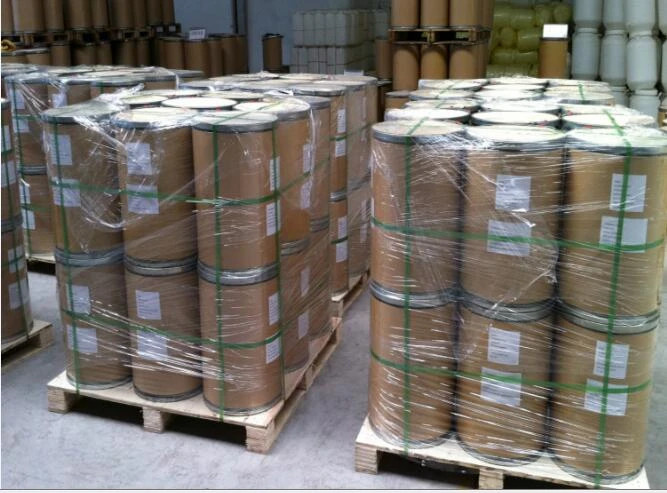Acrylamide and Water Treatment An Overview
Acrylamide is a chemical compound widely studied for its implications in both industrial processes and environmental safety. Primarily used in the production of polyacrylamide, a substance used in water treatment, acrylamide plays a significant role in enhancing the efficiency of various water purification processes. However, its significance does not just end there; it also raises important concerns regarding human health and environmental safety, making it a critical topic in water treatment discussions.
Understanding Acrylamide
Acrylamide is a colorless, odorless crystalline solid that can form in some foods during high-temperature cooking processes, such as frying, baking, and roasting. However, its primary relevance in water treatment comes from its use in the production of polyacrylamide, a polymer utilized for various applications including flocculation, sedimentation, and filtration processes in the water treatment industry. Polyacrylamide works by promoting the aggregation of suspended particles, thereby facilitating their removal from the water.
The Role of Acrylamide in Water Treatment
Polyacrylamide is used extensively in municipal water treatment facilities, industrial wastewater management, and even in the oil and gas sector for enhanced oil recovery. In these applications, the effectiveness of the water treatment process is significantly enhanced by the presence of acrylamide. The polymer’s ability to improve the settling of solids, minimize turbidity, and enhance the overall quality of water makes it an indispensable tool in maintaining clean water sources.
In municipal water treatment, for instance, polyacrylamide is added during the coagulation and flocculation stages. It helps in clumping together smaller particles that are otherwise difficult to remove, allowing larger aggregates to form, which can be easily filtered out. This process is crucial not only for producing potable water but also for protecting aquatic ecosystems from pollution by reducing the number of harmful or undesirable substances in the effluent.
Health and Environmental Concerns
acrylamide water treatment

Despite its usefulness in water treatment, acrylamide presents certain health risks. It has been classified as a potential carcinogen and has been associated with neurotoxic effects in laboratory animals. The main concern arises from the thermal degradation of polyacrylamide, which can lead to the formation of free acrylamide monomers in treated water. This occurrence raises significant questions about the safety of drinking water that may contain residues of acrylamide.
Regulatory bodies, including the Environmental Protection Agency (EPA) and the World Health Organization (WHO), have established guidelines and permissible limits for acrylamide exposure in drinking water. Continuous monitoring and assessment are essential in ensuring that the levels of acrylamide in drinking water do not exceed these limits, providing reassurance to the public about the safety of their water supply.
Mitigating Acrylamide Risks
To mitigate the risks associated with acrylamide in drinking water, several strategies can be employed. Firstly, the use of alternative coagulants and flocculants that do not contain acrylamide can be explored. Natural substances, such as chitosan or alginate, are being investigated for their potential to replace synthetic polymers in water treatment without compromising efficacy.
Secondly, optimizing treatment methods can help reduce the formation of acrylamide during the process. This includes adjusting chemical dosages and ensuring complete removal of residual acrylamide from the finished water. Advanced treatment technologies, such as ozonation and activated carbon filtration, can also play a crucial role in removing organic contaminants, including residual acrylamide.
Lastly, public education and awareness about the presence and potential risks of acrylamide can empower consumers to make informed choices about the water they consume and the food they prepare, ultimately promoting better health outcomes.
Conclusion
In summary, acrylamide's role in water treatment is multifaceted, offering significant benefits while also posing health challenges. Continued research and innovation in water treatment technologies, alongside robust regulatory measures, are essential in maximizing the effectiveness of acrylamide-based processes while safeguarding public health. As we strive for cleaner water and healthier communities, understanding the balance between utility and safety remains paramount.

